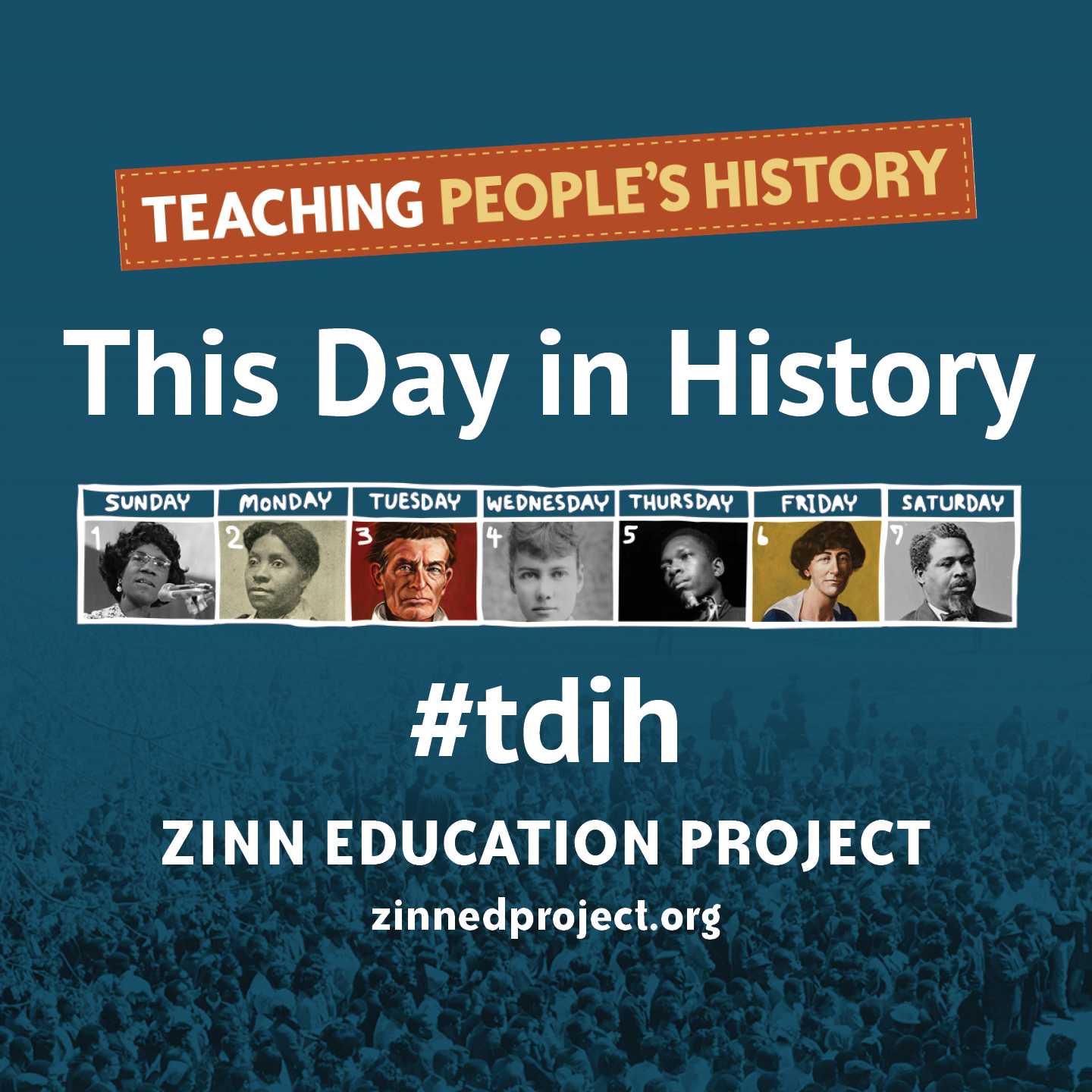 Our This Day in History series on social media introduces hundreds of thousands of people to stories they did not learn in school. In 2018, we added an online database for the #tdih series that can be searched by date, theme, or state.
Our This Day in History series on social media introduces hundreds of thousands of people to stories they did not learn in school. In 2018, we added an online database for the #tdih series that can be searched by date, theme, or state.
We need YOUR support so that we can reach more teachers with lessons for teaching people’s history and add more #tdih posts.
Here are the top 15 #tdih posts from 2018. Each post includes links to resources to bring this history to the classroom.
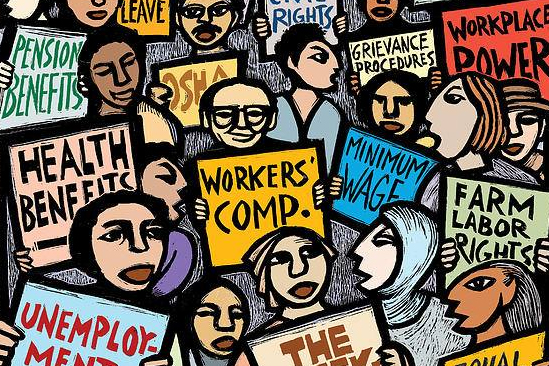 |
1. May 1: International Workers DayMay Day began as a commemoration of the 1886 Haymarket Riot in Chicago. The day is officially recognized in much of the world, but not the United States. Art by Ricardo Levins-Morales. |
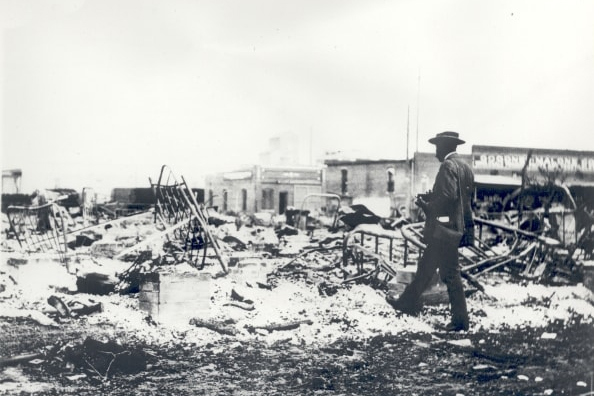 |
2. May 31, 1921: Tulsa MassacreStudents need to learn the hidden history of the 1921 Tulsa Massacre (in Oklahoma) and how this and countless more massacres in U.S. history link to racial wealth inequality today. |
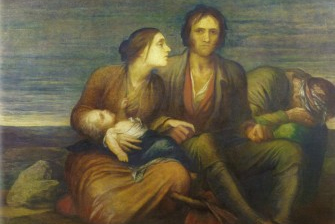 |
3. March 17: St. Patricks DayDuring the first winter of famine, 1846-47, as perhaps 400,000 Irish peasants starved, landlords exported grain, cattle, pigs, flour, eggs, and poultry. The school curriculum could and should ask students to reflect on the contradiction of starvation amidst plenty, on the ethics of food exports amidst famine. |
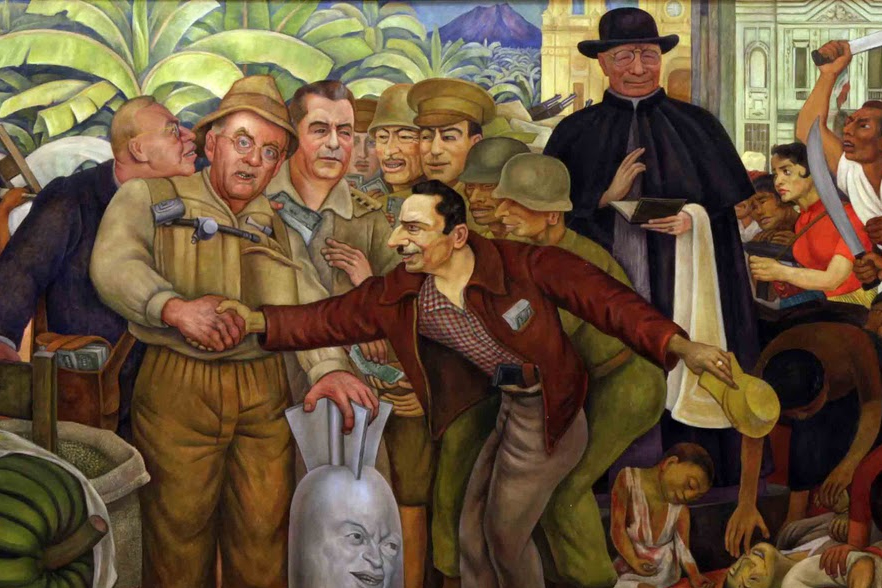 |
4. June 27, 1954: Guatemalan Elected Leader Overthrown in CIA-Backed CoupDemocratically elected Guatemalan president Jacobo Árbenz Guzmán was deposed in a CIA-sponsored coup to protect the profits of the United Fruit Company. Arbenz was replaced by decades of brutal U.S.-backed regimes who committed widespread torture and genocide. |
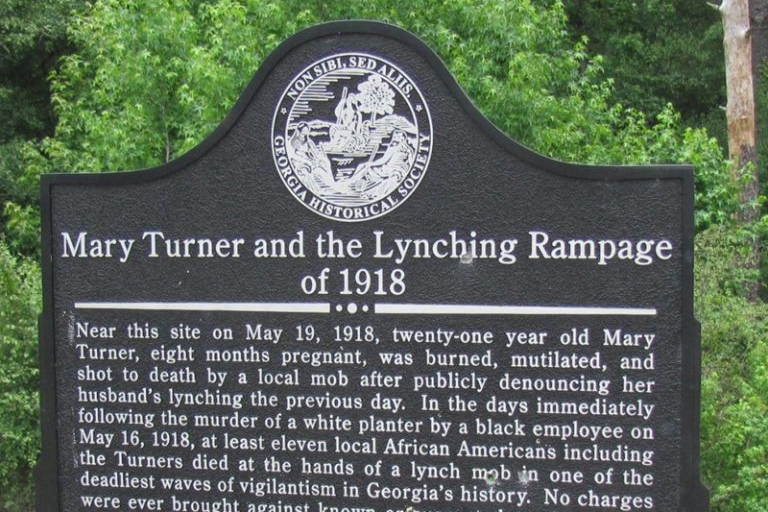 |
5. May 19, 1918: Mary Turner LynchingMary Turner, a young African American woman who was eight months pregnant was lynched in Lowndes County, Georgia. She was one of at least 3, 446 African Americans lynched between 1882 and 1968 in the United States. |
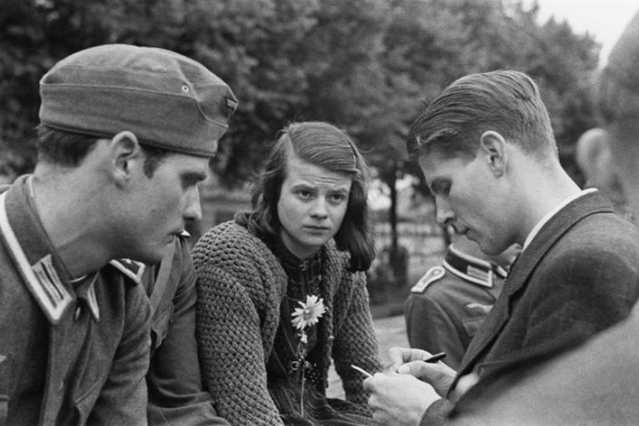 |
6. Feb. 22, 1943: White Rose Members ExecutedSophie Scholl, Hans Scholl, and Christoph Probst were executed for their role in urging students to rise up and overthrow the Nazi government. |
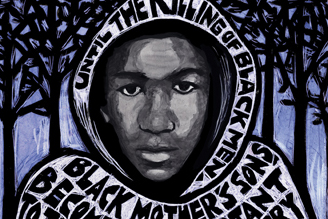 |
7. Feb. 26, 2012: Trayvon Martin MurderedTrayvon Martin, an unarmed Black teenager, was murdered. The death of Martin and the acquittal of the man who murdered him sparked the national and global Movement for Black Lives. Art by Ricardo Levins-Morales. |
|
|
|
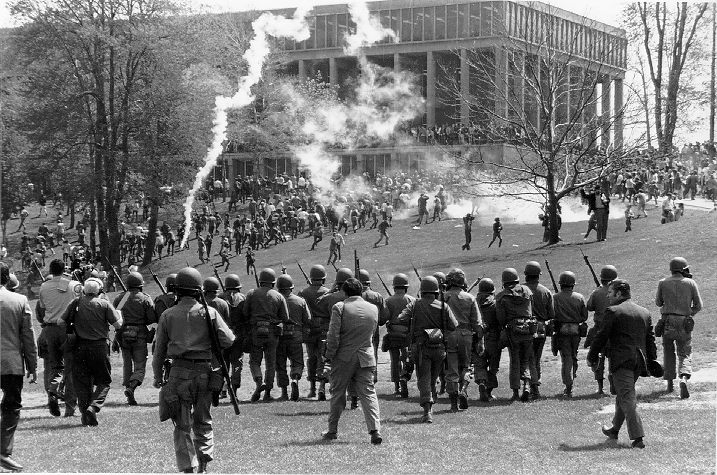 |
8. May 4, 1970: Kent State MassacreAt Kent State University, the Ohio National Guard shot unarmed college students who were protesting the war and observers, killing four students and wounding nine others. Students were also killed at Jackson State (5/15/1970) and South Carolina State College in Orangeburg (2/8/1968). |
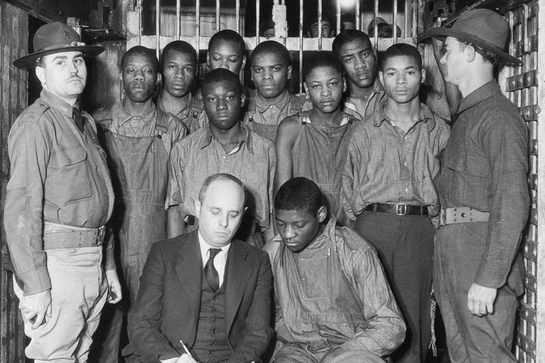 |
9. March 25, 1931: Scottsboro NineNine African American teenagers were falsely charged with rape and collectively served more than 100 years in prison. |
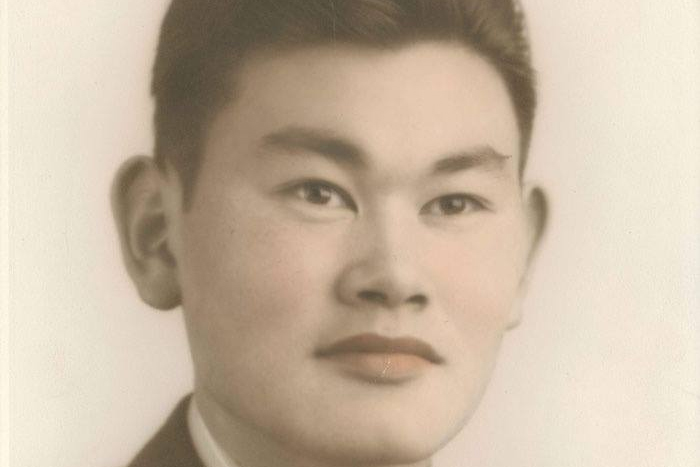 |
10. Dec. 18, 1944: U.S. Supreme Court Rules Against Fred Korematsu
|
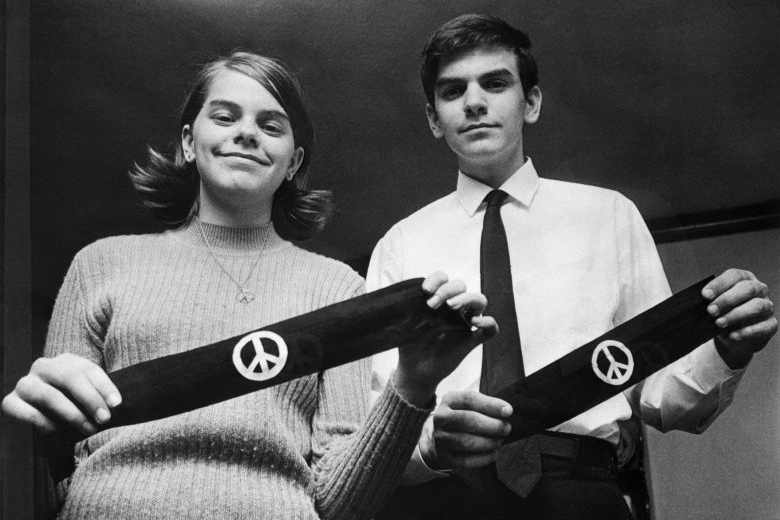 |
11. Dec. 16, 1965: Students Suspended for Anti-War ArmbandsA group of students were suspended because they wore black armbands to school to protest the war in Vietnam. The Supreme Court ruled in their favor (Tinker v. Des Moines), citing a case of students wearing voting rights buttons in Mississippi. |
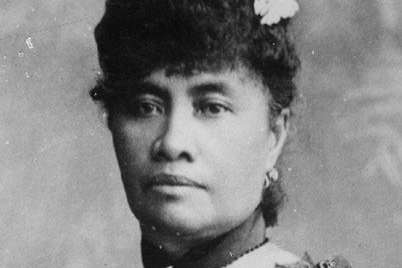 |
12. Jan. 17, 1893: Queen Lili`uokalani of Hawai`i is OverthrownQueen Lili`uokalani of the independent kingdom of Hawai`i was overthrown. A new provisional government was installed. In 1898, Pres. William McKinley signed a joint resolution of Congress authorizing annexation to the U.S. |
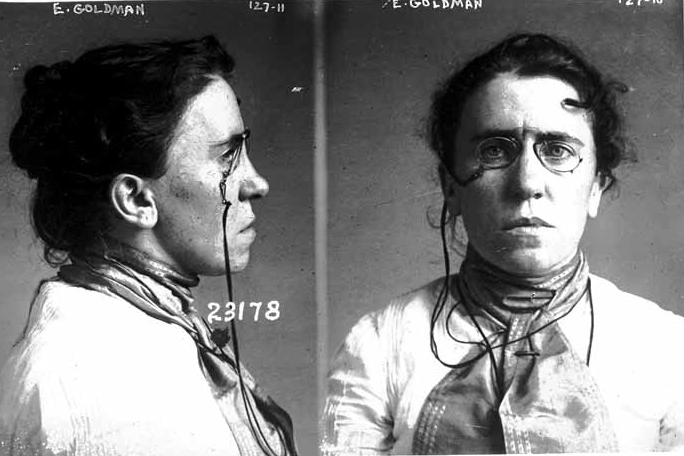 |
13. Feb. 11, 1916: Emma Goldman ArrestedEmma Goldman was arrested on charges of distributing materials about contraception in violation of the Comstock Act, an 1873 law banning the transportation of “obscene” matter through the mail or across state lines. |
 |
14. Dec. 4, 1969: Black Panther Party Members AssassinatedBlack Panther Party members Fred Hampton, 21 and Mark Clark, 22, were shot to death by 14 police officers as they lay sleeping in their Chicago apartment. Students can learn about this history and the role of the FBI from an examination of COINTELPRO documents. |
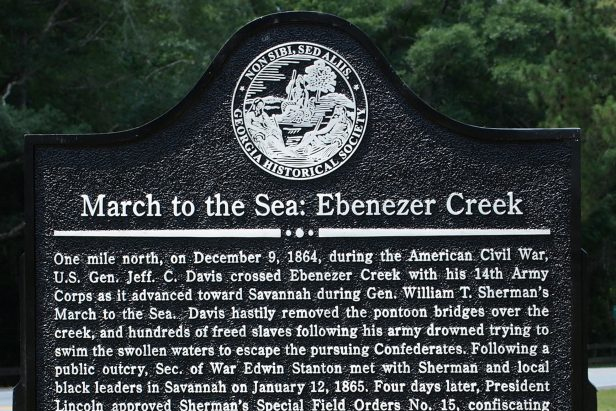 |
15. Dec. 9, 1864: Ebenezer Creek MassacreOn the march to Savannah, hundreds or thousands of African American families who had just escaped from slavery were left to drown by the Union Army. This led to the short-lived land distribution during Reconstruction known as Sherman’s Special Field Order No. 15. |
New #tdih Collection: Massacres in U.S. History
Massacres in U.S. History
In 2018, we compiled a list of some of the countless massacres in the history of the United States.
Most of these massacres were designed to suppress voting rights, land ownership, economic advancement, education, freedom of the press, religion, LGBTQ rights, and/or labor rights of African Americans, Latinos, Native Americans, Asian Americans, and immigrants.
We Need You
We do not receive corporate support. We rely on individuals like you so that we can provide people’s history lessons for free to teachers in 2019. Donate today.








Twitter
Google plus
LinkedIn